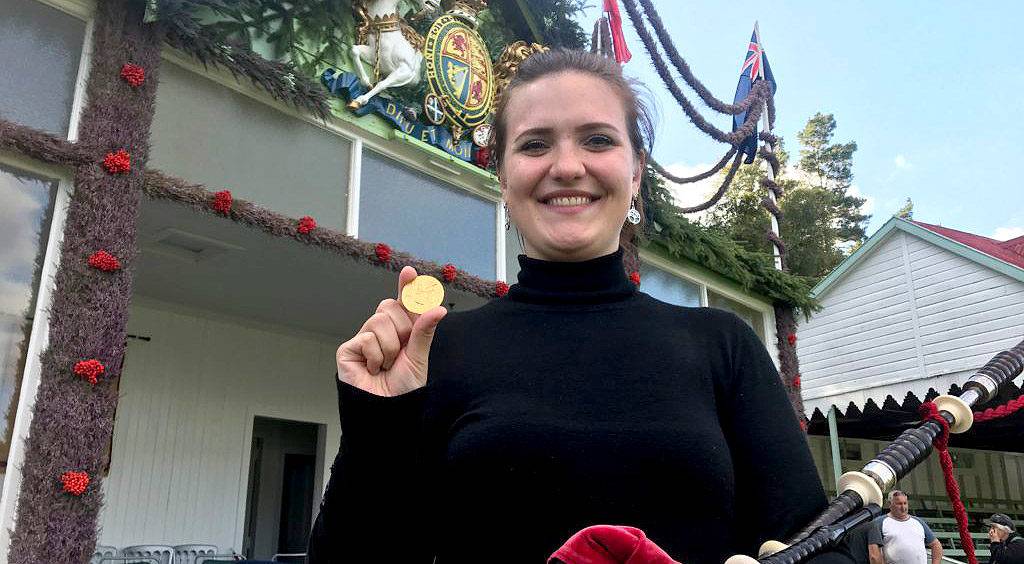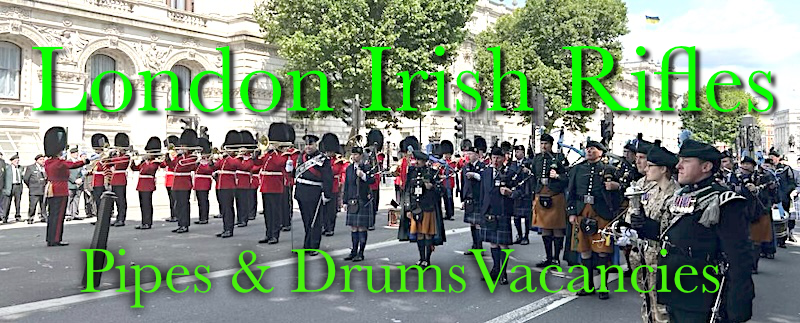
PP Publishing has issued two new piping books by PP Editor Robert Wallace. The first is the ‘The Bagpiper’s Handbook’. The full-colour book is described as ‘a concise yet complete handbook for all pipers. Learn how to tie in a stock, adjust your reeds, test your bag and much, much more. A handy size, the book can be kept in the pipe case for easy reference.’
In the Foreword the editor writes: ‘This handbook has important advice on how to keep your bagpipe in good playing order. A poorly maintained instrument will never sound well, nor be comfortable to play.
[wds id=”9″]‘The piper is totally responsible for the sound he or she produces and all your hard work learning tunes and perfecting your fingerwork will go for nothing if you have a pipe suffering from a lack of care and attention.
‘Therefore a pride in the tone and look of your bagpipe is something you should cultivate. This handy manual will set you on the road to achieving a good sound and looking the part. Follow these simple guidelines and your instrument will repay you with years of pleasure and enjoyment.’
The book costs £8 and is available here.
[wds id=”2″]
The second book is a German translation of the editor’s popular Bagpipe Tutor 3 – Piobaireachd. The translation has been carried out with meticulous care by German piper Sven Kessler, a keen student of ceol mor.
The book teaches all the technique required for successful delivery of this music plus four tunes: The Wee Spree, The Boat Tune, Clan Campbell’s Gathering and Duncan MacRae of Kintail’s Lament.
[wds id=”10″]The book comes complete with free audio and video instruction available via the PP Publishing website though this is in English.
Mr Wallace said: ‘There is a growing interest in Germany in piobaireachd. Already we have top German pipers Martin Kessler and Anna Kummerlöw winning prestigious events such as the Braemar Gold Medal.

‘I hope this book will feed the interest in classical pipe music I know exists in Germany. I know from my teaching there over the past 12 years or so that there is a thirst for knowledge about this music.’
The book costs £10 and is available here. Bagpipe Tutor 1 is also available in German. Check it out here.
[wds id=”8″]

















There have been a few efforts at the production of a Piper’s Handbook and they are worthwhile. As a young fellow, my father Addison Watson, who for a period of 20 years was the pipe major of the local Legion band in Dingwall gave me some information on how to do setting up and maintenance, of keeping the bagpipe in good shape. To be said he was not a champion piper, but from memory he always did manage to obtain a good sound from his own bagpipe and this helped me quite a bit. In those days John A MacLellan was stationed in Dingwall as the RSM of the Territorial Army, 11th Seaforth Highlanders. I would have heard him frequently if I was loitering ‘over the bridge’ in Dingwall where the Army drill hall was located. The sound of his bagpipe was excellent as anybody who heard him then would testify. This did impress me. However, I think in about 1966 or 1967, when indeed, I had been playing for a number of years and making a decent fist of it, the RSM as he was then, produced a Pipers Handbook. He was by that time stationed at Edinburgh Castle. I purchased the book and found that in some cases what I was doing to keep my bagpipe in order was maybe doubtful and if the pipes were going well, it was more good luck than knowledge. Reeds then as now were complete mystery and scraping and manipulation was, just ‘suck it and see’. It worked at times, but ignorance is bliss. That book in terms of setting up the bagpipe was invaluable to me in the following years. In the early sixties and seventies, going round the games etc, I was actually surprised about how poorly prepared some very good pipers were in setting up their pipes. Of course the late Donald MacPherson was the benchmark in producing good sound in bagpipes, but there was mystery surrounding him as to how he achieved this. There were others, but he was undoubtedly the leader in this. In that era there was a lot less of gouging and taping up pitch holes in chanters. Those who could do it seemed to be able to make good choices of reeds. Were the reeds and chanters made more compatible to each other then? So easy to view through rose coloured spectacles.
However, this type of book in giving an insight as to how to set up and maintain the bagpipe is invaluable. It is true that without getting a decent or good sound from the bagpipe, the efforts of good technique etc is diminished. There are some very good players even today who would benefit from doing some studying of the sound they produce and as a reader, I would hope that this new book will help.